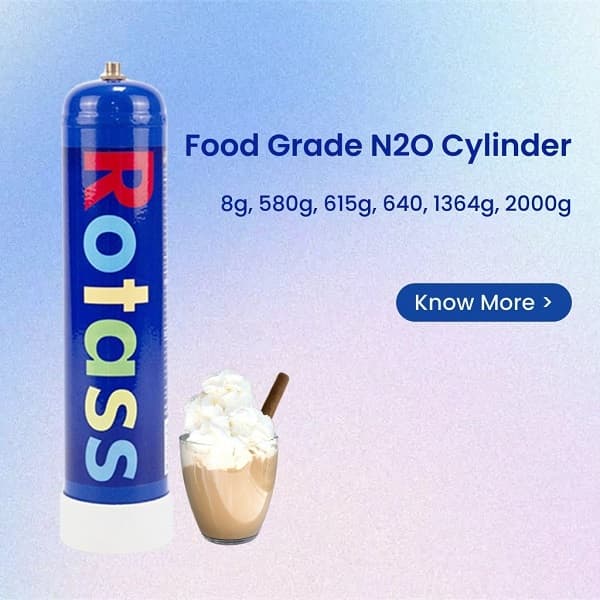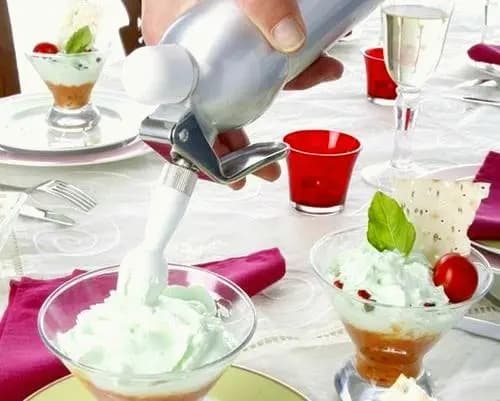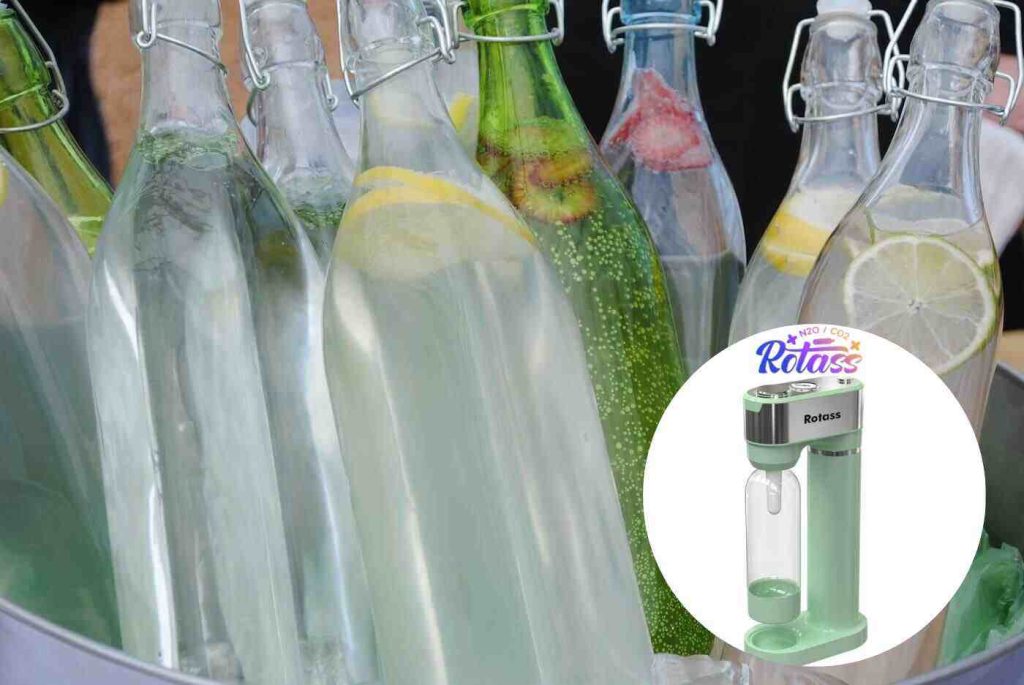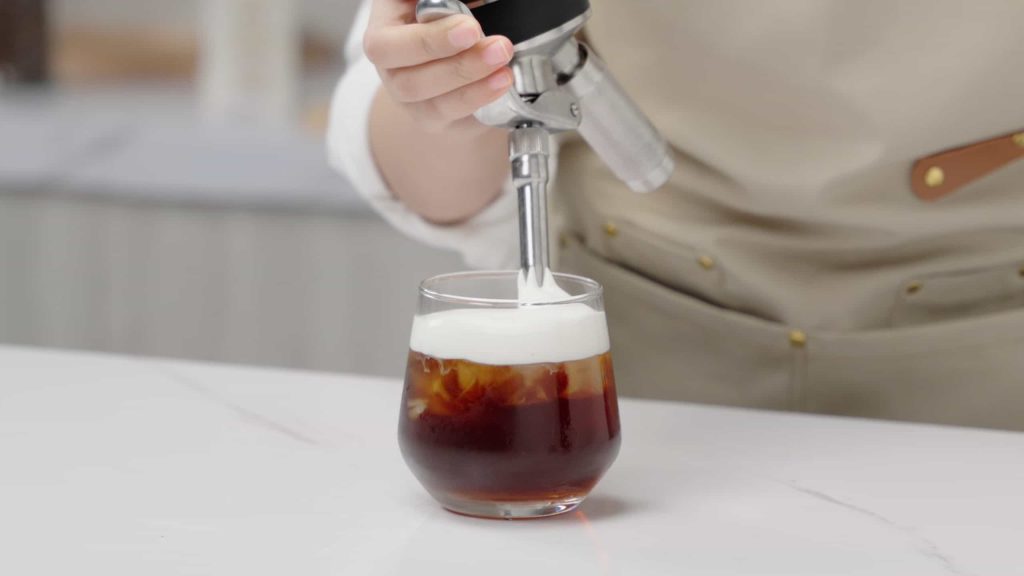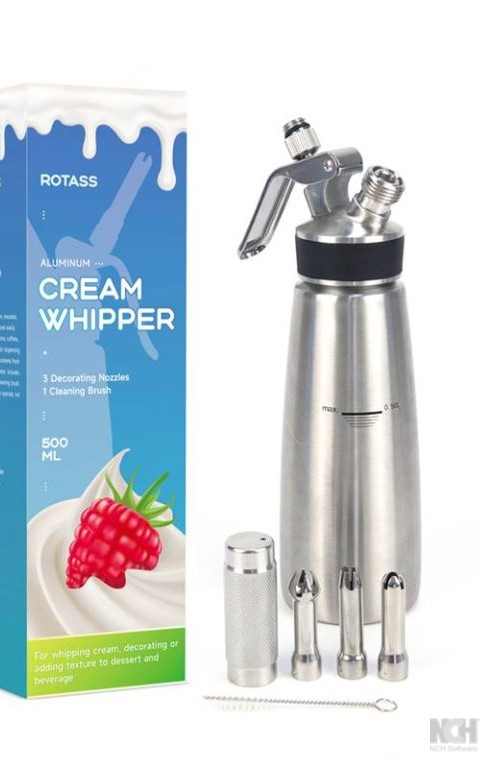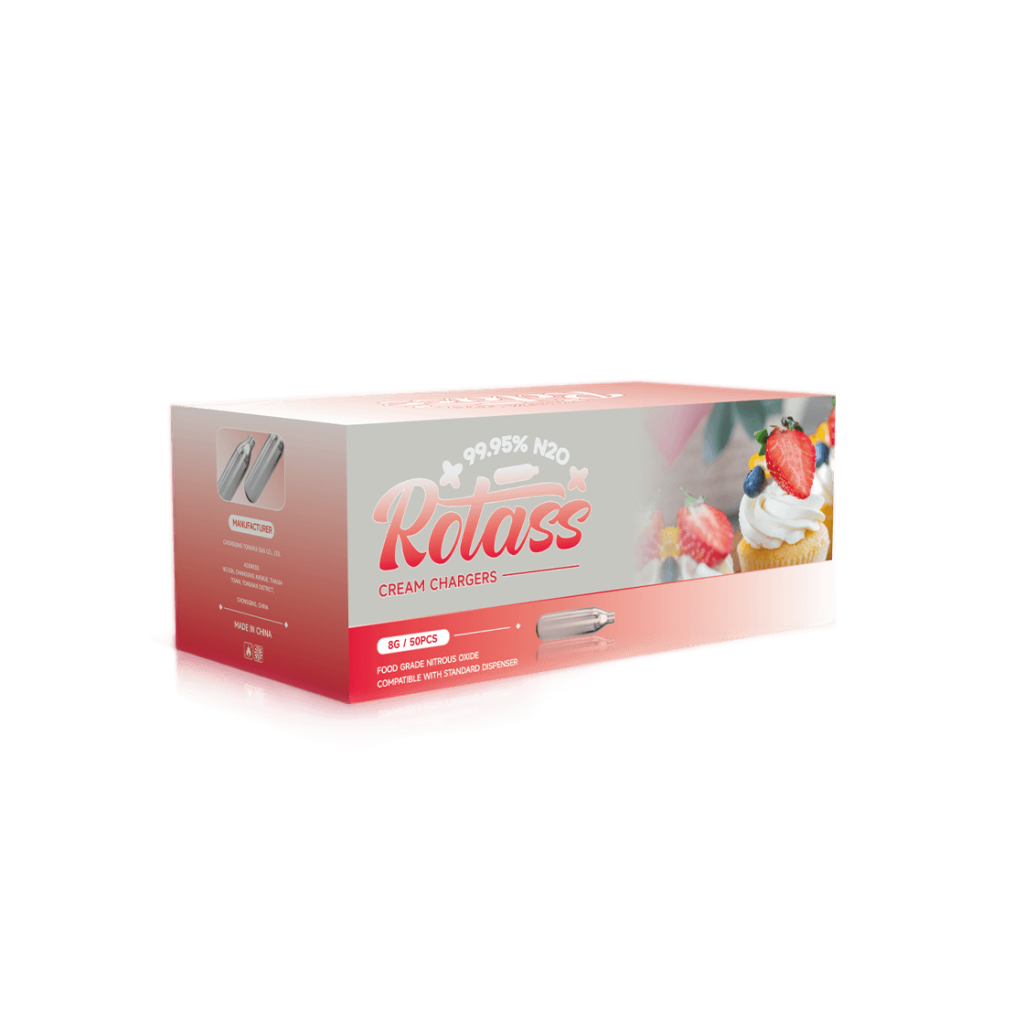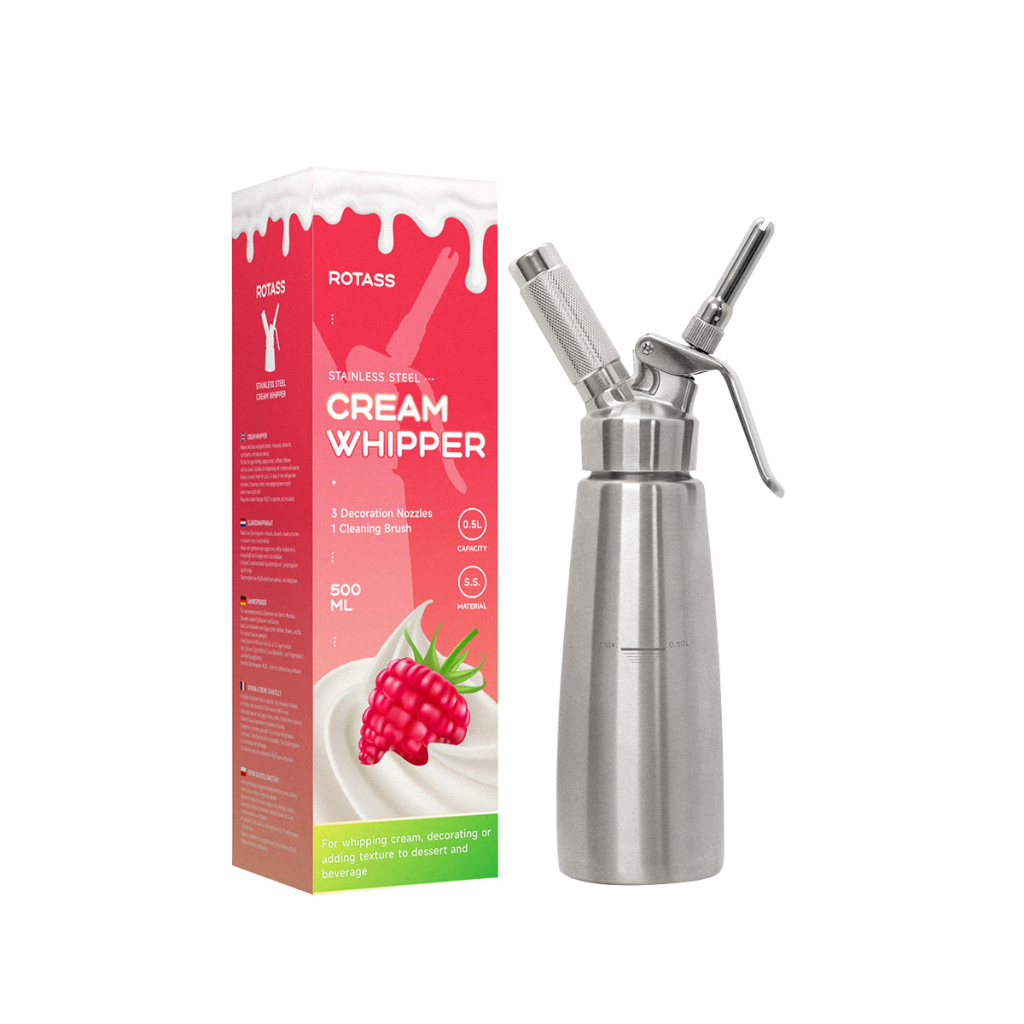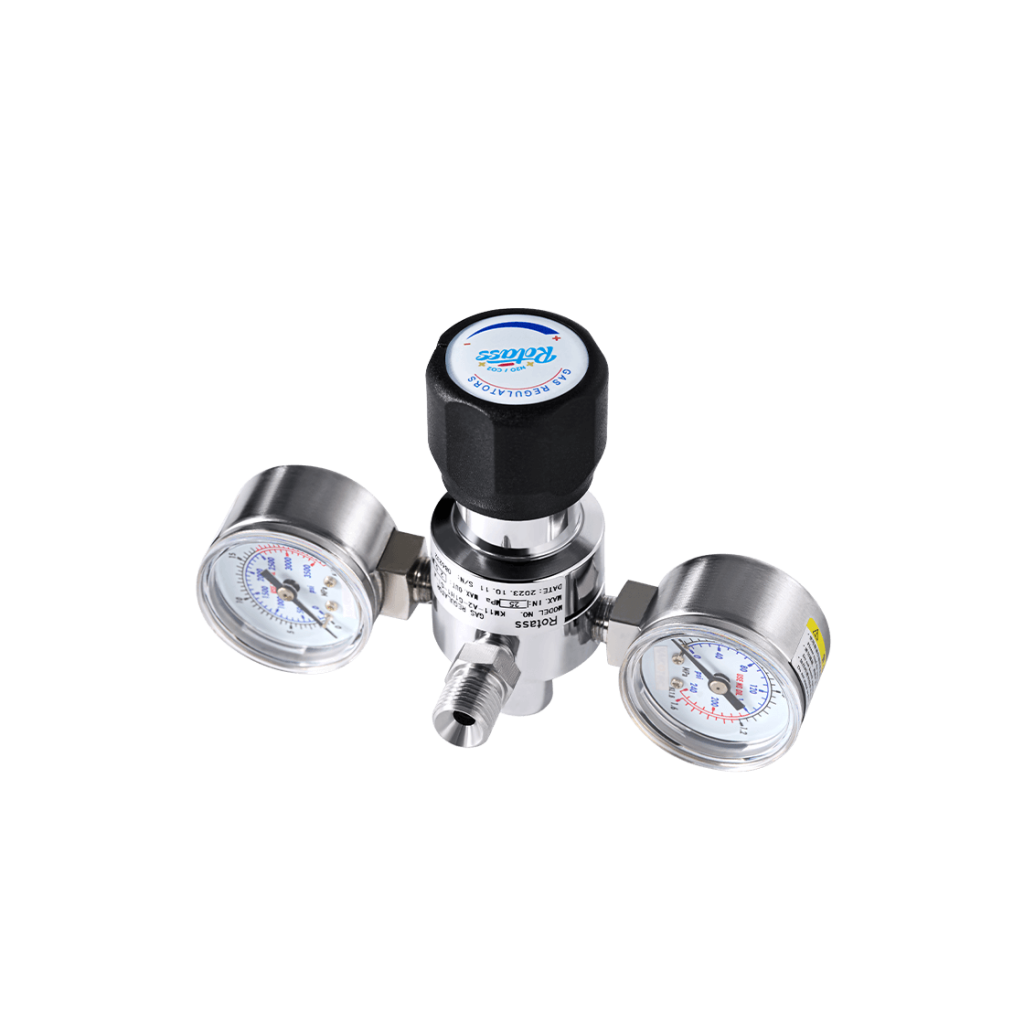2024 / 04 / 17
Exploring Cream Dispenser Materials: Choosing the Ideal Option for Your Needs
Cream dispensers have become essential tools in kitchens and cafes, allowing users to effortlessly create luscious whipped cream, delicate mousses, and frothy toppings. When selecting a cream dispenser, one crucial aspect to consider is the material it is made of. The choice of material can significantly impact the durability, performance, safety, and overall user experience. In this guide, we will explore the common materials used in cream dispensers, the factors to consider when choosing the right material, and how it can enhance your cream dispensing endeavors.
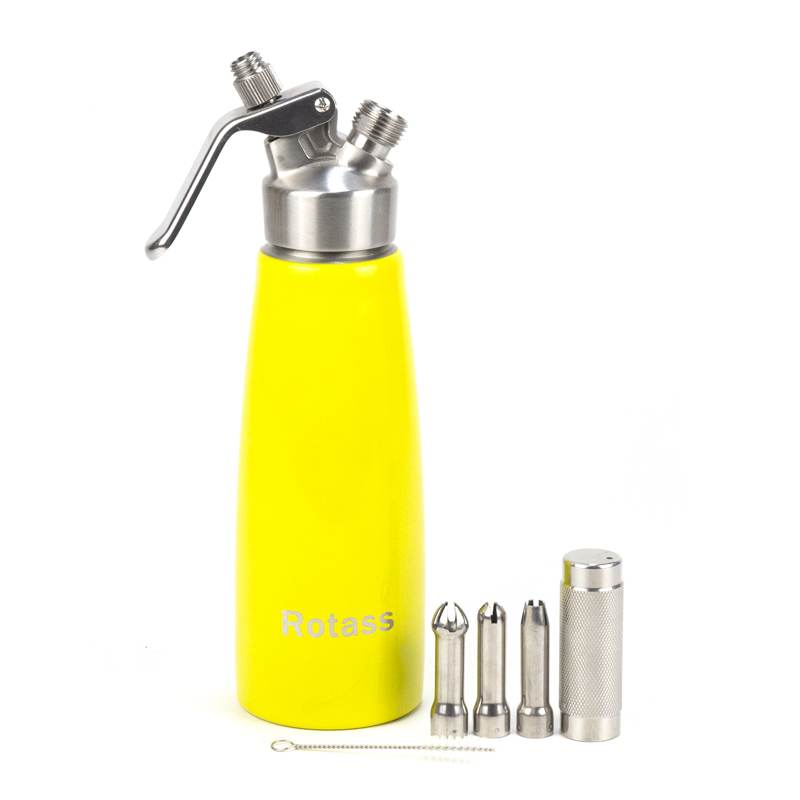
Common Materials Used in Cream Dispensers
Stainless Steel
Stainless steel is a popular choice for cream dispensers due to its exceptional durability and resistance to corrosion. It is known for its hygienic properties, making it easy to clean and maintain. Stainless steel cream dispensers offer longevity and ensure that your whipped cream remains fresh and uncontaminated for longer periods.
Aluminum
Aluminum cream dispensers are prized for their lightweight nature, making them highly portable and easy to handle. Additionally, aluminum boasts excellent thermal conductivity, allowing for efficient temperature regulation during the whipping process. These dispensers are ideal for those who value portability without compromising on performance.
Plastic
Plastic cream dispensers are often favored for their affordability and cost-effectiveness. They are lightweight, making them convenient for everyday use. However, it’s important to choose a high-quality food-grade plastic that is free from harmful chemicals and compliant with food safety regulations. Plastic dispensers may not offer the same level of durability as stainless steel or aluminum, but they can be an excellent option for occasional use or budget-conscious consumers.
Considerations for Choosing the Right Material
When selecting a cream dispenser material, several factors should guide your decision:
Intended Use and Frequency
Consider whether you require a cream dispenser for commercial or home use. For heavy-duty or professional use, stainless steel or aluminum dispensers are recommended due to their durability. If you only plan to use the dispenser occasionally or in a home setting, plastic dispensers may suffice.
Safety and Food Contact Regulations
Ensure that the material you choose complies with food safety standards and regulations. Materials should be free from toxic substances and designed for food contact to prevent any potential leaching or contamination risks.
Maintenance and Cleaning Requirements
Consider the ease of cleaning and maintenance associated with each material. Stainless steel and certain types of plastic are typically easier to clean and resist staining and odors. Aluminum may require extra care to prevent oxidation and maintain its appearance.
Aesthetics and Presentation
The material of your cream dispenser can contribute to the overall aesthetics and presentation of your culinary creations. Stainless steel often exudes a sleek and professional look, while aluminum may offer a contemporary or minimalist appeal. Plastic dispensers can provide a vibrant and playful touch.
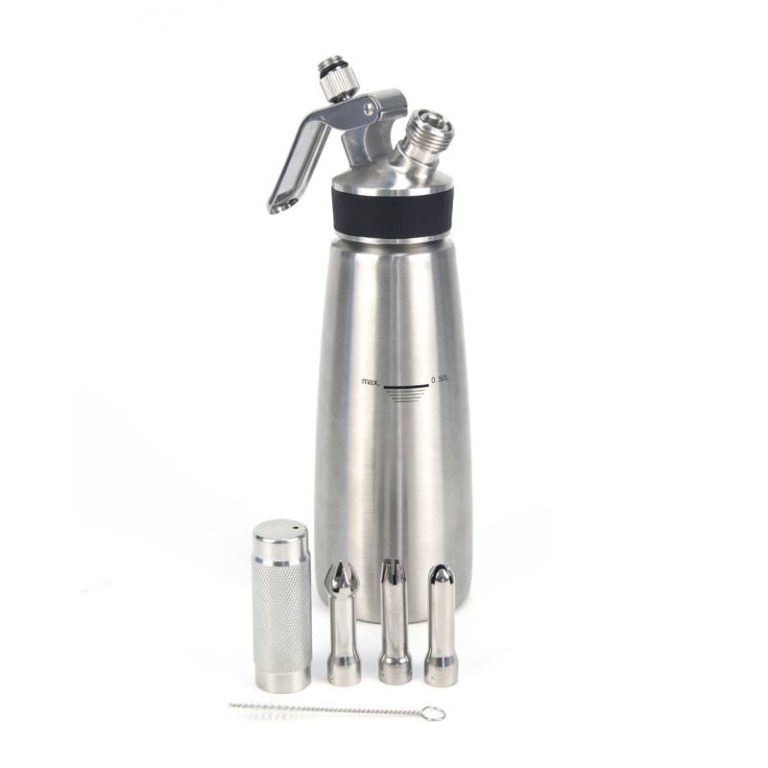
Additional Factors to Consider
In addition to the primary considerations mentioned above, here are a few more factors to weigh in your decision:
Cost and Budget
Different materials come with varying price points. Stainless steel tends to be more expensive than aluminum or plastic, but it offers superior durability. Consider your budget and strike a balance between quality and affordability.
Heat Insulation
Depending on your needs, consider whether the material provides adequate heat insulation. Stainless steel, with its excellent heat retention properties, can keep your cream colder or hotter for longer periods, enhancing the serving experience.
Impact on Cream Texture and Taste
The material of the dispenser can influence the quality and taste of whipped cream. Stainless steel and aluminum are generally inert, minimizing the risk of imparting off-flavors or metallic tastes. Some lower-quality plastics may affect the cream’s taste and texture, so opt for food-grade plastics to ensure optimal results.
Conclusion
Selecting the right material for your cream dispenser is crucial for achieving the best results in terms of durability, performance, safety, and overall satisfaction. Whether you opt for stainless steel, aluminum, or plastic, consider your specific needs, intended use, safety requirements, maintenance preferences, and budget. By making an informed decision based on these factors, you can ensure a delightful cream dispensing experience that elevates your culinary creations to new heights.

